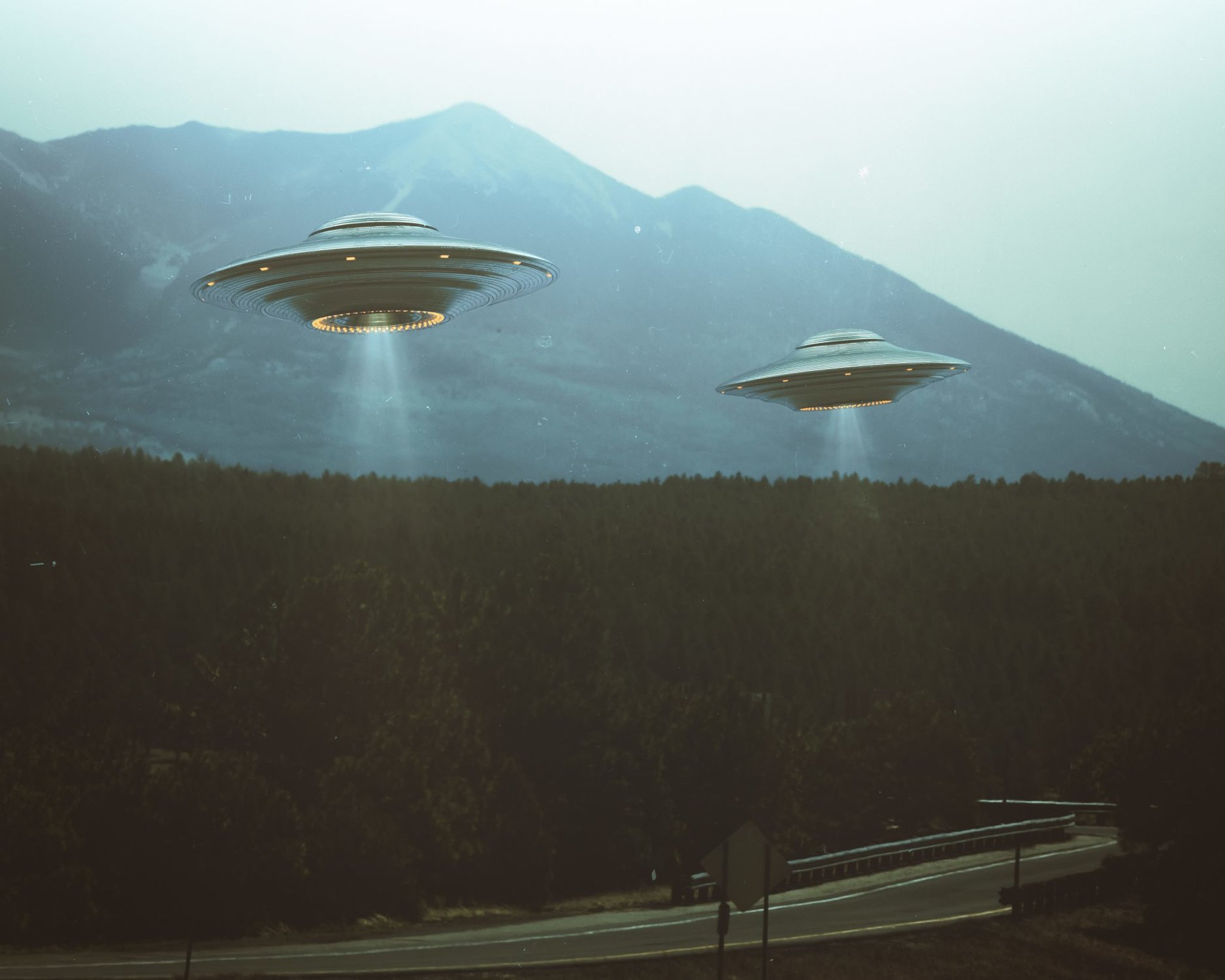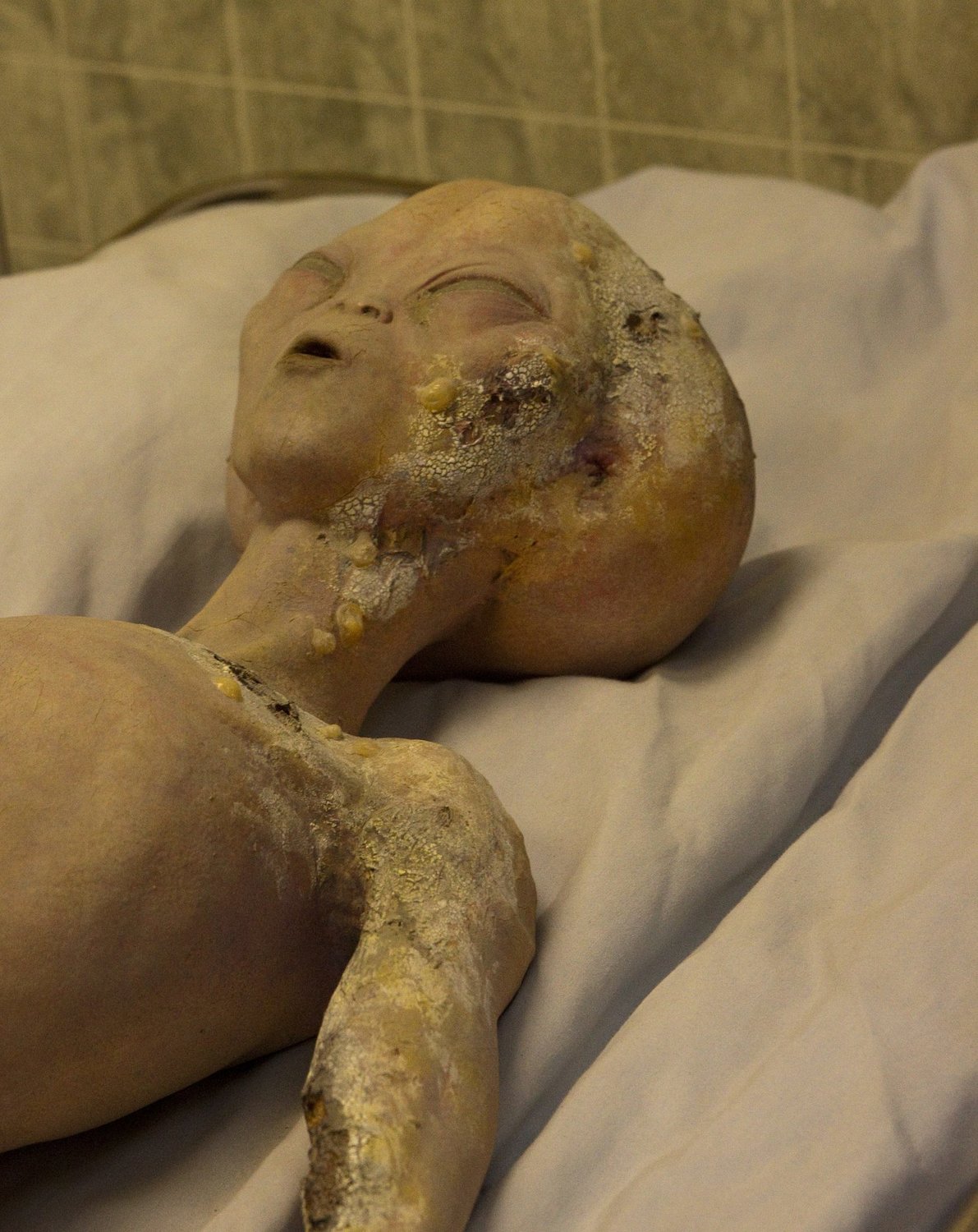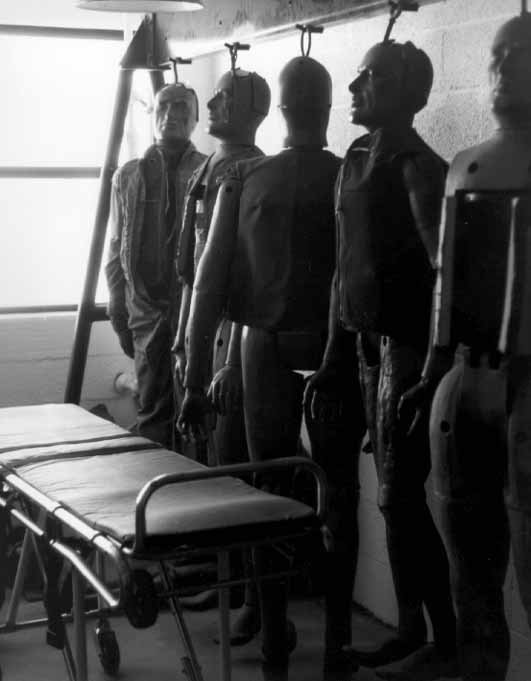
Adobe stock image.
June 24 marked the 24th anniversary of the Air Force’s final report on the “Roswell Incident,” which occurred in 1947 at a remote airfield that had been closed for two decades by the time the report came out.
Sometime in the next day or so, yet another report is due from the Pentagon on several more accounts of “unidentified aerial phenomena.” The widespread obsession with UAPs (aka UFOs) dates back to July 8, 1947, when reports of a flying disk crashing on a dairy ranch outside sleepy Roswell, New Mexico, first emerged.
And in some ways, the obsession still hasn’t gone away.

The Roswell crash traces to Roswell Army Air Field. Built as a flight school in its World War II days, it was eventually renamed Walker Air Force Base and closed during the Vietnam War. But it took two more decades to close the door on Roswell-related rumors. The 1947 incident — the crash of a “disc”-like object and strange “debris” retrieved and photographed from the site — led to tales of strange flying objects and reports of alien bodies.
The Roswell Incident, as it came to be known, is one of the most thoroughly examined and debunked rumors of alien activity in UFO history. But, like many myths, it began with a few kernels of truth.
The Roswell Incident “debris” was likely part of an ongoing series of experiments by New York University researchers using a weather balloon. Specifically, the mysterious disc and the debris were probably the experiment’s fourth balloon, according to professor Charles B. Moore, who was a graduate student during the test flights. In 2017, he detailed the contents of the weather balloons and what they were made of to the Skeptical Inquirer for the Center for Inquiry. The wreckage may have looked like space-age material, but really it was foil glued to paper and held together with wooden dowels.

The NYU project also led to another of Roswell’s rumors: alien “bodies.” In 1947, the Air Force and the scientists dropped human-shaped dummies from high altitude research balloons testing the atmosphere in a classified operation code-named “Mogul.” Project Mogul piggybacked off the NYU project to probe the high-altitude intersection of air between the troposphere and the stratosphere portions of the Earth’s atmosphere.
The NYU project was not classified, but Mogul was. Mogul used highly sensitive microphones attached to the NYU balloons to test the possibility of detecting long-distance sound waves from Soviet nuclear test launches. As such, the Air Force treated the loss of the dummies as a secret, fueling later conspiracies.
In addition to using “anthropomorphic dummies” in occasional experiments, two later unfortunate events added to the “bodies” myth: A series of accidents killed 13 people near Roswell — 11 in a single crash, and two others from yet another failed weather test.

From these mostly boring and occasionally tragic moments spread over a decade in a mostly empty desert, rumors emerged. And it took four more decades to get the rumors sorted out.
Released in 1994 and 1997, the Air Force’s two Roswell reports total over 1,200 pages of interviews with the involved Air Force personnel and eyewitnesses, as well as photographs of items that witnesses may have mistaken for “flying disks” or “alien bodies.”
The first report, released in July 1994, contains almost 1,000 pages of information that definitively puts the myth of aliens crashing in Roswell to bed. Titled The Roswell Report: Fact vs. Fiction in the New Mexico Desert, the Air Force General Accounting Office (GAO) and a member of Congress initiated the investigation to “determine if the U.S. Air Force, or any other U.S. government agency, possessed information on the alleged crash and recovery of an extraterrestrial vehicle and its alien occupants.”
In 1997, the Air Force released a 232-page addendum to the 1994 report, including further interviews and eyewitness accounts. Titled Roswell: Case Closed, it further dispelled the American myth, and the Air Force closed the case on Roswell once and for all.
Read Next: The ‘Drowned Mona Lisa’ Who Became the Face of CPR Mannequins

Lauren Coontz is a former staff writer for Coffee or Die Magazine. Beaches are preferred, but Lauren calls the Rocky Mountains of Utah home. You can usually find her in an art museum, at an archaeology site, or checking out local nightlife like drag shows and cocktail bars (gin is key). A student of history, Lauren is an Army veteran who worked all over the world and loves to travel to see the old stuff the history books only give a sentence to. She likes medium roast coffee and sometimes, like a sinner, adds sweet cream to it.
BRCC and Bad Moon Print Press team up for an exclusive, limited-edition T-shirt design!
BRCC partners with Team Room Design for an exclusive T-shirt release!
Thirty Seconds Out has partnered with BRCC for an exclusive shirt design invoking the God of Winter.
Lucas O'Hara of Grizzly Forge has teamed up with BRCC for a badass, exclusive Shirt Club T-shirt design featuring his most popular knife and tiomahawk.
Coffee or Die sits down with one of the graphic designers behind Black Rifle Coffee's signature look and vibe.
Biden will award the Medal of Honor to a Vietnam War Army helicopter pilot who risked his life to save a reconnaissance team from almost certain death.
Ever wonder how much Jack Mandaville would f*ck sh*t up if he went back in time? The American Revolution didn't even see him coming.
A nearly 200-year-old West Point time capsule that at first appeared to yield little more than dust contains hidden treasure, the US Military Academy said.












